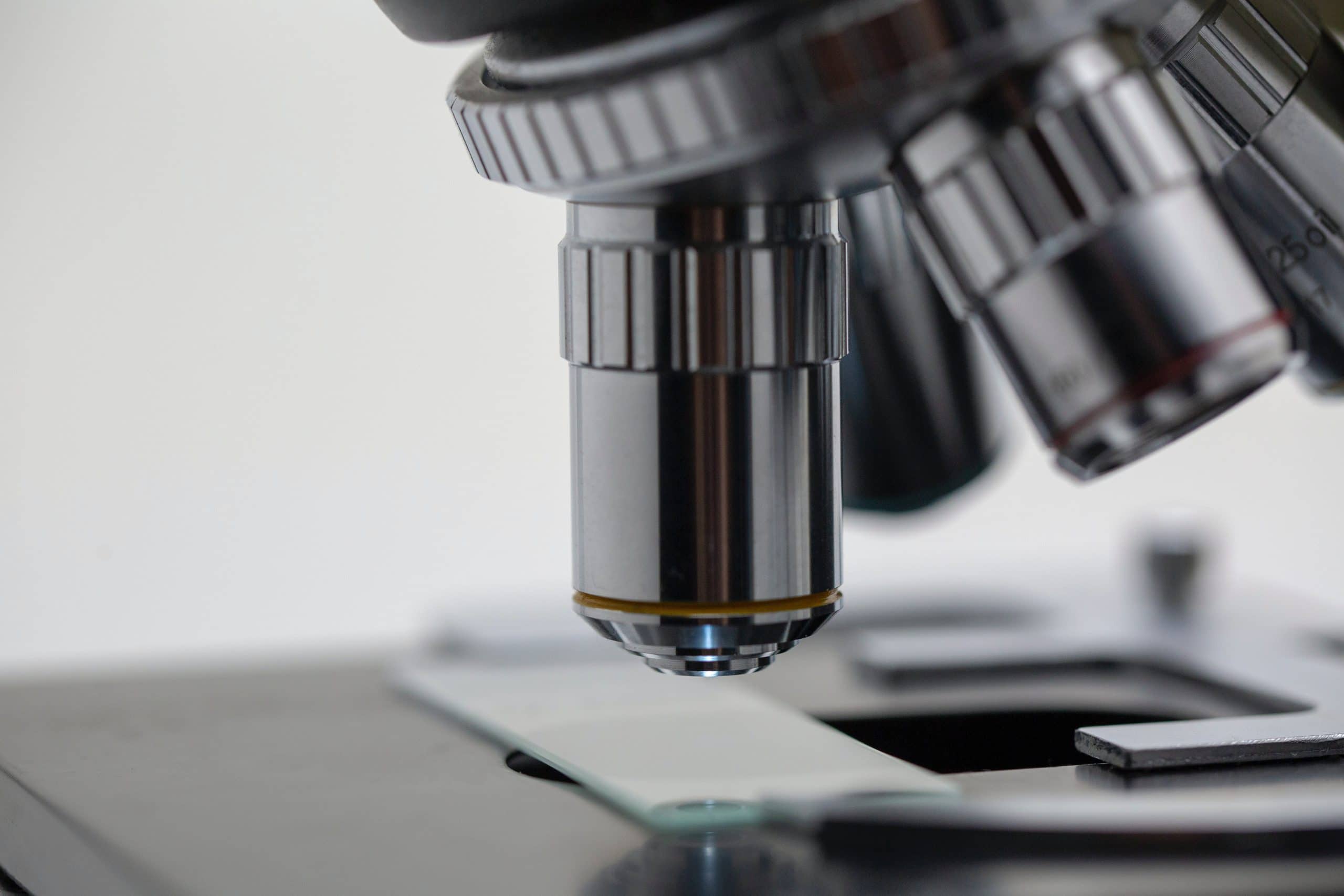The characterization of materials is a fundamental tool to ensure the highest quality in the design and manufacturing processes of new products. In this post we will tell you what this method consists of, what are the most common techniques to carry it out and how it is used in the industry.
What is the characterization of materials?
The characterization of materials is the procedure by which the morphological and functional properties of certain substances are studied. The objective is to know important information about the compounds, such as their degree of resistance and reliability or their possible applications.
In this way, the analysis of the materials facilitates the characterization of the physical, chemical and mechanical properties of the samples, which is essential to predict the performance of the different elements and estimate the useful life of the products based on the expected environmental exposure conditions.
Main techniques for characterizing materials
The technological experiments that are used in the industry are very varied and include microscopic and macroscopic procedures, as well as destructive and innocuous tests. Here are some of the most common materials analysis techniques:
Spectroscopy
It uses the interaction between electromagnetic radiation and matter to define the structure and concentration of chemical components in a sample. For this, the absorption, emission or dispersion of energy is measured in certain ranges of the electromagnetic spectrum. Its variants include infrared, ultraviolet, laser, atomic absorption, X-ray, and nuclear magnetic resonance spectrometry.
Fractography
This technique is based on the study of the mechanics of fractures. It is carried out by examining in detail the breaking surfaces of the materials, practicing a stress analysis of the cracks and other existing flaws that helps to define the causes and nature of the mechanisms causing the damage.
Microscopy
Microscopic analyzes make it possible to obtain graphic records of the smallest structures of materials using technologically advanced microscopes. Optical microscopy, electron microscopy, tunneling microscopy or atomic force microscopy are some of the most common systems.
Chromatography
It consists of the physical separation of the components of a mixture. To do this, the existing differences in the distribution constants of the elements between a stationary phase and a mobile phase are taken advantage of. The different types include gas chromatography and high-performance liquid chromatography.
Mechanical tests
This material characterization technique includes experiments on resilience, hardness, fatigue, torsion, traction, compression, and bending. These are tests in which different types of mechanical forces are applied to check the durability and resistance properties of substances.
Thermal analysis
This section includes the procedures that measure the evolution of materials when they are subjected to changes in temperature, but also the thermal disparities between the components themselves. Some of the methods used are differential thermal analysis, differential scanning calorimetry, thermogravimetric analysis, thermomechanical analysis, or infrared thermography.
Corrosion tests
These are tests in which environmental conditions of extreme humidity or contamination are simulated to verify their effect on materials. Corrosion tests can be carried out with salt spray, urban atmosphere, humid atmosphere or electrochemical corrosion.
Benefits of materials analysis techniques for industry
The advantages offered by the characterization of materials are very important for the industry. Different analysis techniques are used in forensic engineering to obtain precise data on the structural characteristics and the behavior of all types of compounds under environmental conditions and stimuli of various kinds.
In this sense, material characterization techniques are used to choose the best materials, prevent accidents and improve efficiency in design and manufacturing tasks, thus lengthening the useful life of products and optimizing the resources available in the Business.
In short, material characterization is an essential research tool when it comes to achieving greater efficiency in production processes. If you want to stay informed about the latest technological advances in the industry, we invite you to keep an eye on our blog.





